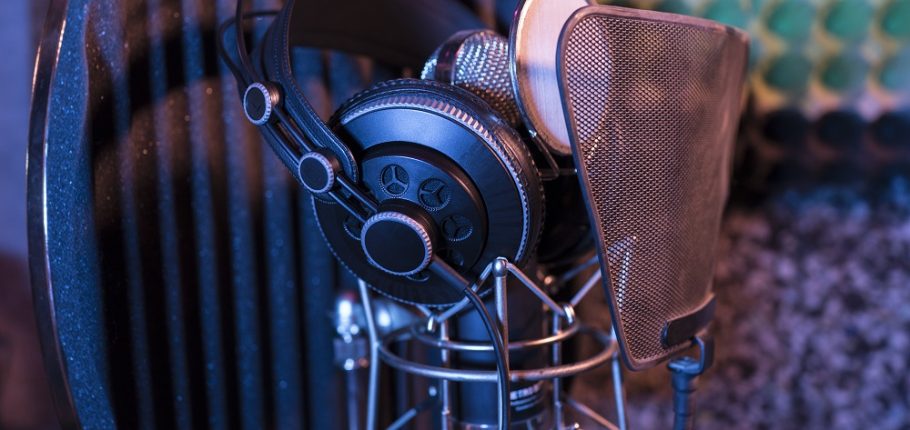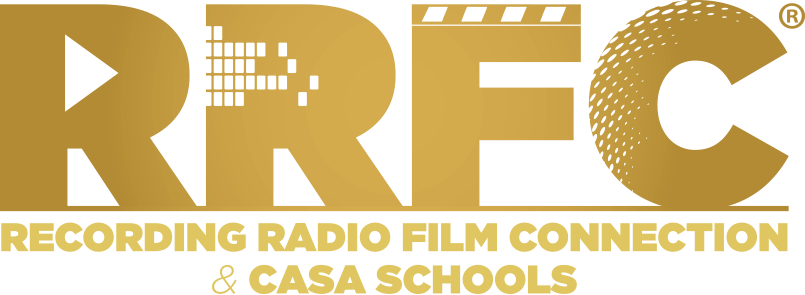
The Big Three Battle: Pro Tools vs Logic vs Ableton
In the modern age of music production, we, as creative professionals, have an arsenal of music production tools to choose from. Inevitably, with choice comes some very strong opinions. If you have been keeping tabs in the music production world, then you are probably heard or participated in the “which is the better DAW” debate between Pro Tools, Logic and Ableton.
The truth is that every producer, artist, and engineer has their own personal preference based on how they work. It is hard to say which DAW is best when hit records get made in all three. Each of these DAWs serve the same purpose at their core- they are for recording, editing, and mixing music. However, just as every producer may have their area of expertise, each of the big three DAWs in my opinion are best for certain task. Here is my breakdown of the big 3 DAWs and how I use each of them in my workflow.
Pro Tools
This was the first major DAW I ever worked with so it is no surprise that I am the most familiar with it. Though I have gone on to work in the other DAWs of the world, there are certain features in Pro Tools that keep me coming back.
When it comes to recording and editing, the simplicity of the tools and counters can’t be beat! Once you get passed the seemingly overwhelming options for chopping, moving, dipping and dropping your audio, you’ll find that it is very easy to make precision edits inside the DAW. The trick to this is the grid and counter options inside of Pro Tools. The grid view in Pro Tools shows musical subdivision just like the other three DAWs in question but instead of zooming in to see smaller sub divisions, Pro Tools allows you to set gridlines (based on bars and beats, minute second time or samples) that are always visible. The modes for the grid that dictate how your tools will respond make it really easy to make ridged grid-based moves or pin point extremely specific locations between the lines. This is incredible handy when replacing samples or creating comp tracks. The edit counter allows for us to see the exact start time, end time and length of any selection we make or we can use it to create specific selections on a track. When recording in Pro Tools, you have complete control over when, where and how you record using punch-ins, pre-roll, post roll, count-off and even half speed playback. Pro Tools is designed with console recording in mind, which may be a huge reason as to why it is a mainstay in most studios.
Logic Pro X
You may have heard “record in Pro Tools, Produce in Logic” if you have been around modern music production. I find myself doing a bit of this these days (to clarify- in this instance, produce means building tracks inside a DAW.) The stock options for virtual instruments and effects plugins in Logic Pro X dwarf the stock options in Pro Tools. The ease at which you can use these things sweetens the deal! Loading up a new instrument in Logic Pro X is as easy as selecting your track and then selecting you instrument from the well laid out Library tab. Logic Pro X also has a slew of high quality loops and samples to use if that is your thing. Logic Pro X does a fantastic job of organizing its content so you have easy access to it and it also goes the extra mile to make sure that you can quickly incorporate your own samples into your session. Overall, the Layout for Logic Pro X is very intuitive, making it a great choice for working with MIDI and samples. Another great feature that is proprietary to the DAW is the Drummer feature that allows you to build drum patters based on genre, feel and the frequency of drum set elements. This is a great way to get an idea out of your head fast!
Ableton
Ableton is often known as the king DAW of the EDM world. It was designed with the genre and live DJ’ing in mind, however, it is not to say you cannot get some serious work done with the DAW in any genre. The thing that caught my attention about Ableton right away was the ability to switch sounds in seconds! Using Sample or Simpler, you can get your drum pattern ideas out quickly and then switch your audio samples without resequencing the pattern. This allows you to forgo doing your sound design upfront in fear of needing to re-sequence your pattern once you figure out the sounds you imagine. Ableton is also fantastic for creating never before heard sounds using the vast variety of audio and MIDI effects. The ability to manipulate audio and MIDI inside of Ableton is unmatched to say the least and the DAW comes stacked with electronic music inspired samples and instruments.
In the end, it really comes down to personal preference in your workflow when choosing what DAW to use. It is not uncommon to see a producer using 2 or more DAWs on one project. What matters most is how you use whatever tools are at your disposal to create great music- the DAW won’t do that for you.
Here is how I rank each DAW in my work flow based on task.
Recording Live Instruments
Pro Tools- you get exactly what you want with the straight forward editing and recording functions.
Logic Pro X
Ableton
Manipulating MIDI
Logic Pro X- the display of Logic makes it really easy to see what you are doing.
Ableton
Pro Tools
Hip Hop Production
Ableton- Ableton has great options and tools for sound design and sequencing. It also makes manipulation very fast.
Logic Pro X
Pro Tools
Scoring to Video
Pro Tools- The counter options and additional window for video sold me despite having a limited option for quality stock sounds. Time is paramount when syncing music/audio to video.
Logic Pro X
Ableton
File Organization
Logic Pro X- It has the most organized media layout.
Ableton
Pro Tools
Audio Editing
Pro Tools- The no frills approach to its tools and grid options allows users to be extremely precise with edits.
Logic Pro X
Ableton
Sampling
Ableton- Automatic warp and the vast amount of audio effects helps you get the job done the right way fast.
Pro Tools
Logic Pro X
As you continue on in your music career, you will find what tools work best your workflow. While all three of these popular digital audio workstations have key differences, common knowledge and functions can be applied from one DAW to the next. Of real importance is the necessity of being capable of using the tools at your disposal to deliver musical expression. Use what you’ve got and keep creating!
Learn more about careers in audio.
Get real world advice and insight at our Audio Blog.



